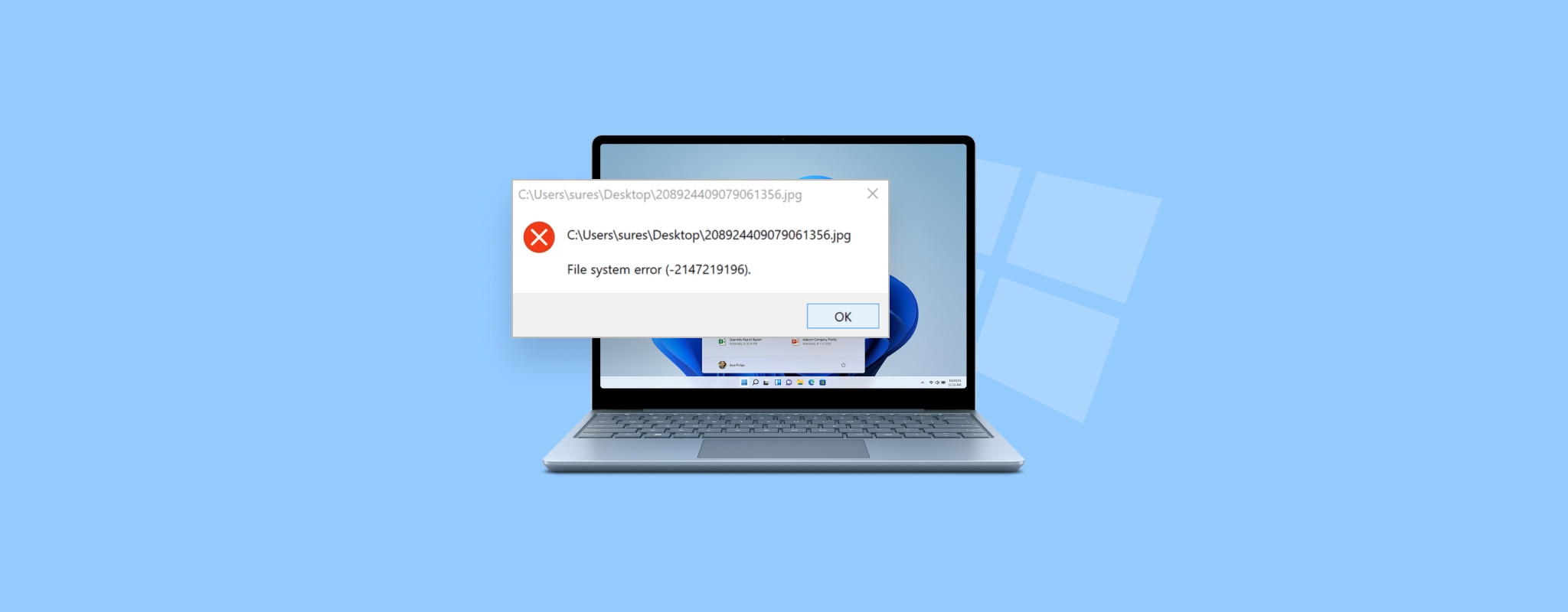 A file system error prevents you from performing certain actions on your computer. When one appears, it can be a real headache to get rid of if you don’t know how to troubleshoot it, and some solutions may cause data loss if not implemented correctly.
A file system error prevents you from performing certain actions on your computer. When one appears, it can be a real headache to get rid of if you don’t know how to troubleshoot it, and some solutions may cause data loss if not implemented correctly.
Thankfully, file system errors are nothing new. There are numerous solutions available to get your computer back up and running like normal. Read on to figure out how you can fix file system errors in Windows 10 and 11.
Table of Contents
What Is a File System Error
A file system error reveals itself when there is something wrong with how your data is stored or accessed by the file system. It can appear for many reasons, including a bad Windows update, bad sectors, or lost certificates.
There is a long list of error codes that could be associated with a file system error on Windows 10 or 11. We’ve included some common file system error codes below.
| Error code | Description |
| -2143322101 | This error can appear when you have an issue with your PC Game Pass or Minecraft Launcher. |
| -2147219196 | This is a Photos file system error that appears when you try to open a photo or video using the Photos app. |
| -789839862 | This is an NTFS file system error code associated with the Settings app on Windows 10 and 11. |
| -1073741521 | When you have a problem with a Microsoft Store app on Windows 10 or 11, this file system error code may appear. |
| -1073741818 | If you don’t have admin access and attempt to open an app that requires administrator privileges, this error can appear. |
How to Fix File System Error?
Although there is a wide range of file system errors that can appear, there are some catch-all solutions that can fix most of them. See the solutions below to find a way to fix the file system error you’re experiencing.
If you’re unable to boot into Windows with admin rights, you can instead boot into Windows Recovery Environment (WinRE) or use a bootable version of Windows.
Here are some solutions to solve file system errors.
Method 1: Run SFC and DISM
System File Checker (SFC) is a tool you can use to scan Windows for any system files that have become corrupted or damaged. If it finds such a file, it will be replaced with a working version that is locally cached.
If SFC fails to fix the issue, you can also try Deployment Image Servicing and Management (DISM). It’s a command that can repair the underlying Windows system image using Windows Update.
Seeing as it uses Windows Update, this command will require an active internet connection.
Follow these steps to run the SFC and DISM commands:
- Right-click Start and click Terminal (Admin). On Windows 10, click Windows PowerShell (Admin) instead.
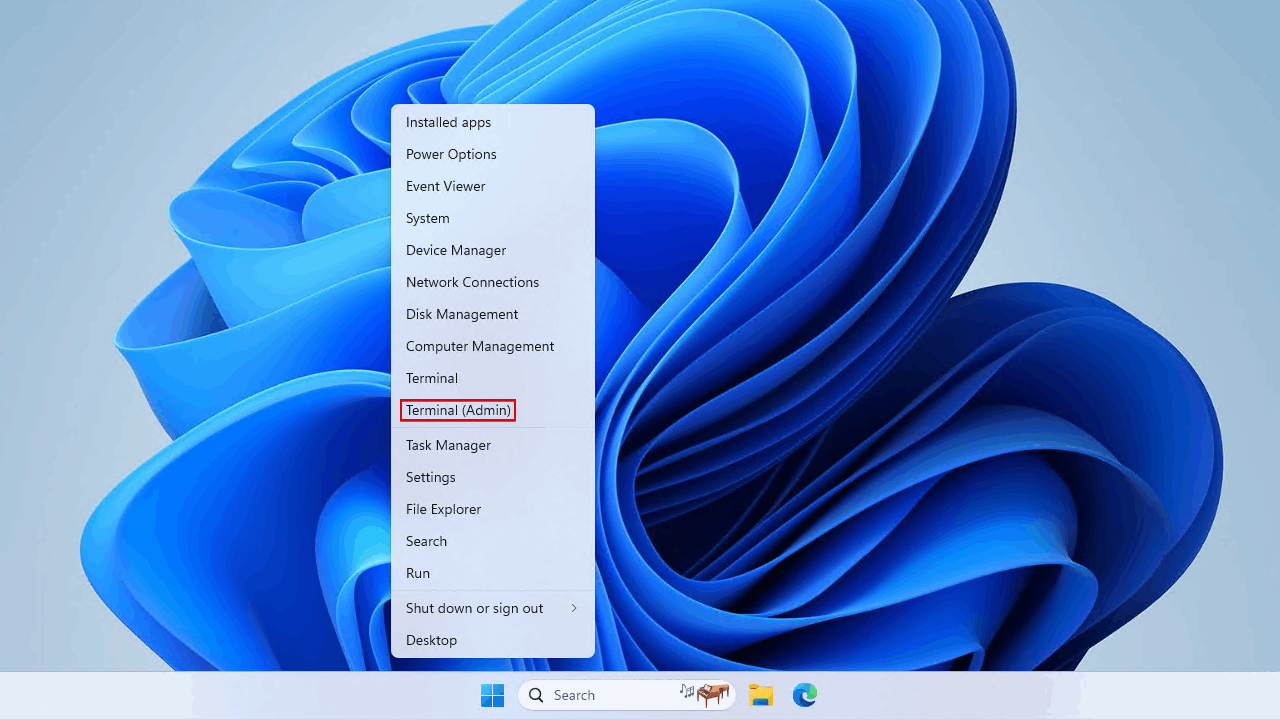
- Type sfc /scannow and press Enter. If the issue isn’t fixed, go to the next step.
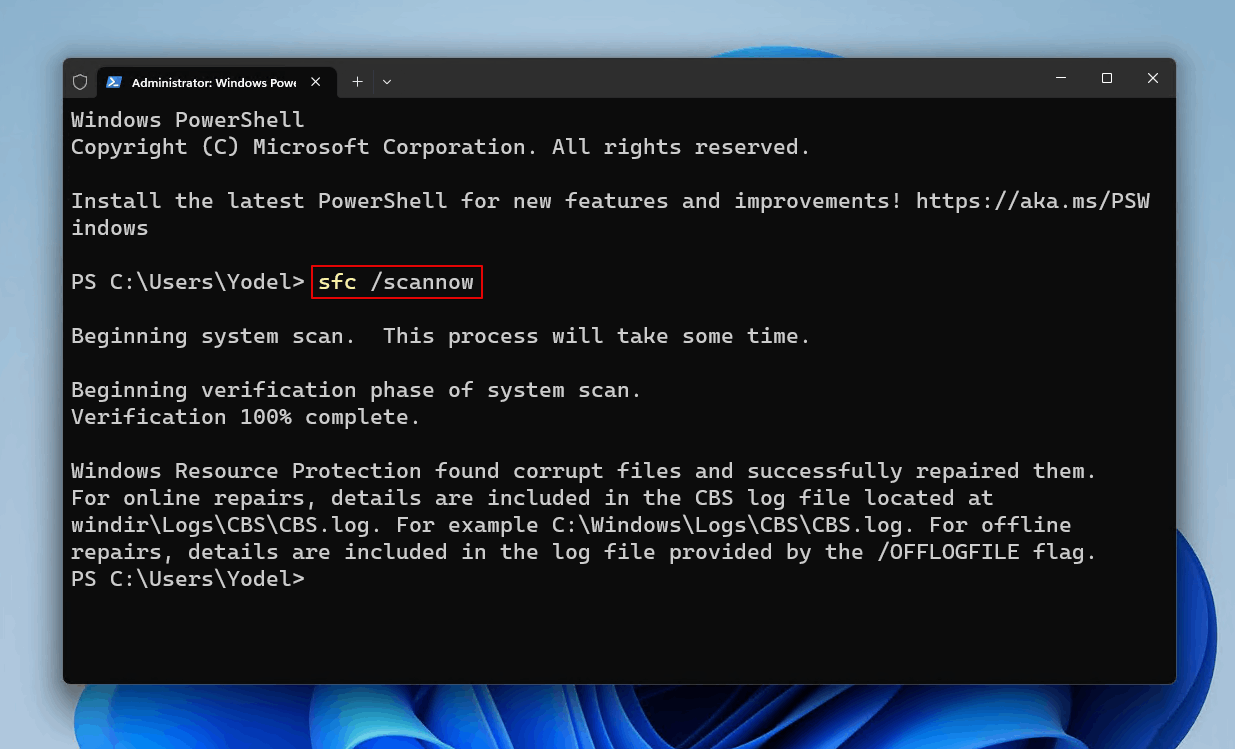
- Type dism.exe /online /cleanup-image /restorehealth and press Enter.

Method 2: Run CHKDSK
The CHKDSK command is capable of scanning your file system for errors. On its own, it will simply check for system errors and report them back to you. However, you can also use it to repair the problems it finds with the use of parameters.
We’re going to be using the /r parameter. It includes the problem-solving functionality of /f with the added benefit of being able to address bad sectors.
Here’s how you can run CHKDSK to fix file system errors:
- Right-click Start and click Terminal (Admin).

- Type chkdsk *: /r. Replace * with the drive letter of the affected drive and press Enter.
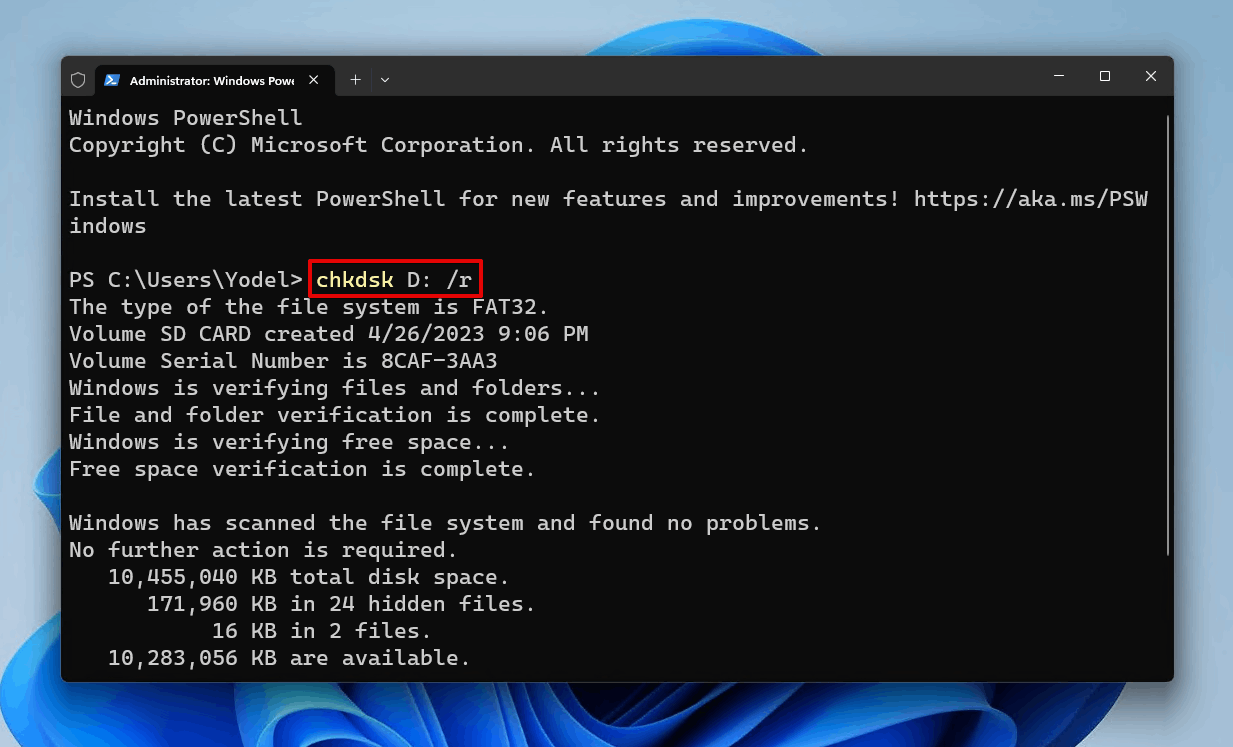
Method 3: Windows Store App Troubleshooter
Windows comes with a host of useful troubleshooters that are designed to fix specific problems. A file system error in your laptop or PC can be related to an issue with the Windows Store. To fix these types of errors, you will need to run the Windows Store Apps troubleshooter.
Follow these simple steps to access the Windows Store App Troubleshooter:
- Right-click Start and click Settings.
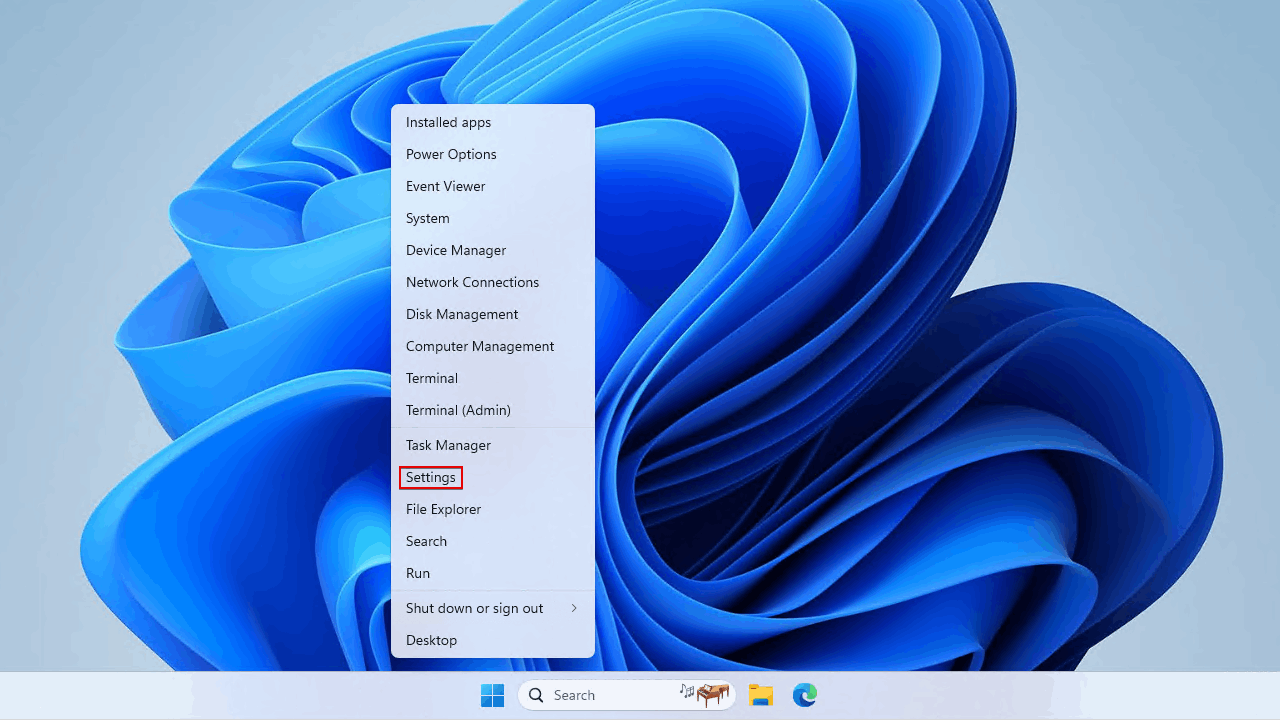
- Click Troubleshoot.

- Click Other troubleshooters.
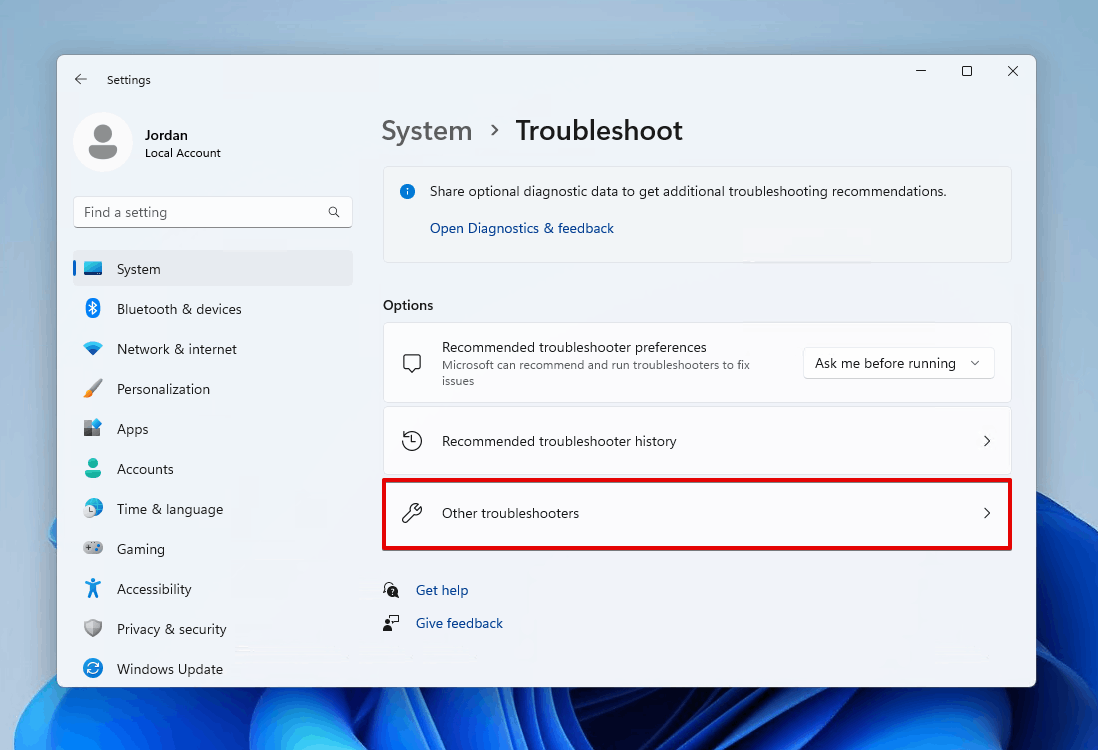
- Next to Windows Store Apps, click Run.
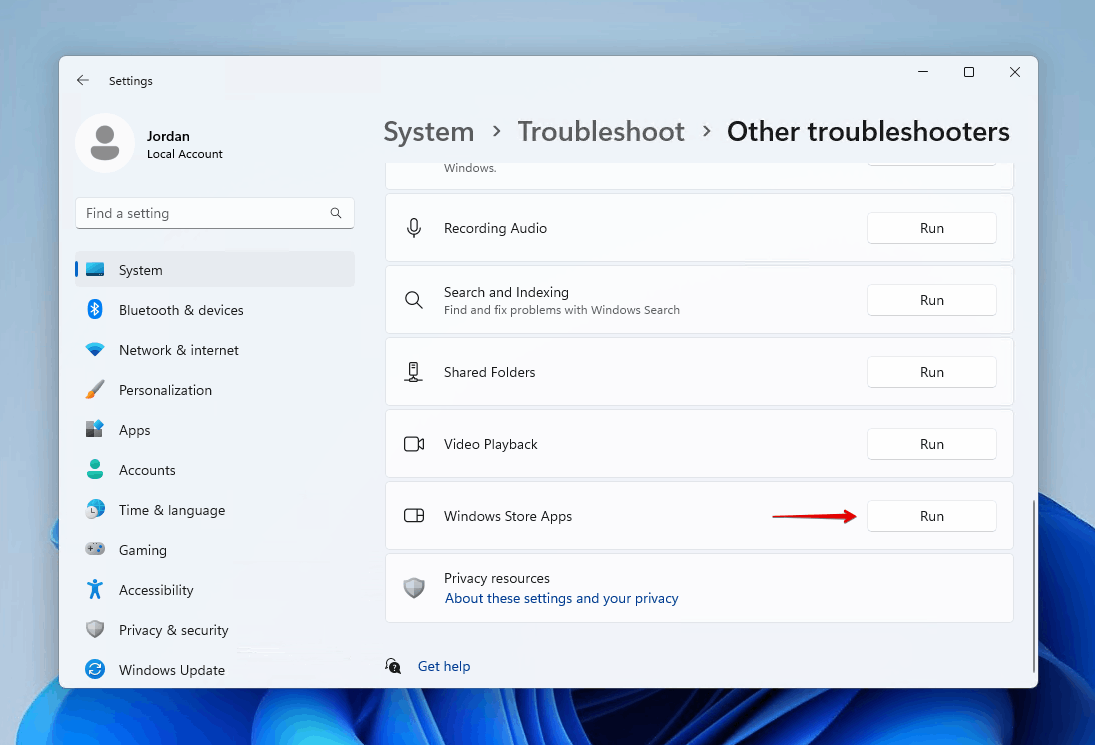
- Follow the on-screen instructions to address any issues it finds.
If the troubleshooter doesn’t work for you, try resetting the Microsoft Store cache instead. Press Windows Key + R, type wsreset.exe, then press Enter.
Method 4: Check Windows License Manager Service
The Windows License Manager Service is an essential part of the Microsoft Store. Unlike other services that start automatically by default, Windows License Manager Service only starts once a user, application, or service requests it. If it has been disabled, applications downloaded from the Microsoft Store will not function correctly.
You can fix this by making sure the service is set to run automatically. Here’s how you do that:
- Open Start and search ‘Services’. Open it.
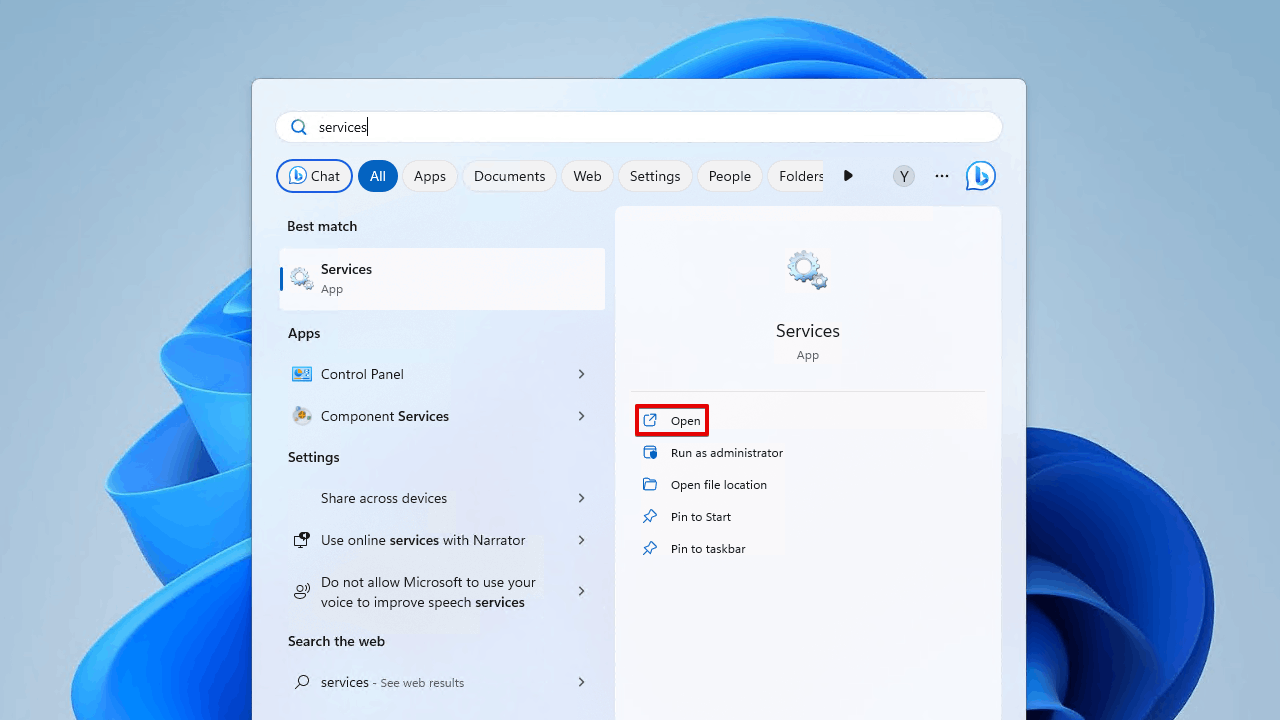
- Double-click Windows License Manager Service.

- Change the Startup type dropdown menu to Automatic. You can also click Start if the service is currently stopped. Click Apply, then OK.

Method 5: Change Sound Scheme
The file system error you’re receiving may be due to some missing audio files in the Sound Scheme. This can happen after running the CHKDSK utility. You can fix this by restoring these settings to default:
- Open Start and search ‘Control Panel’. Open it.
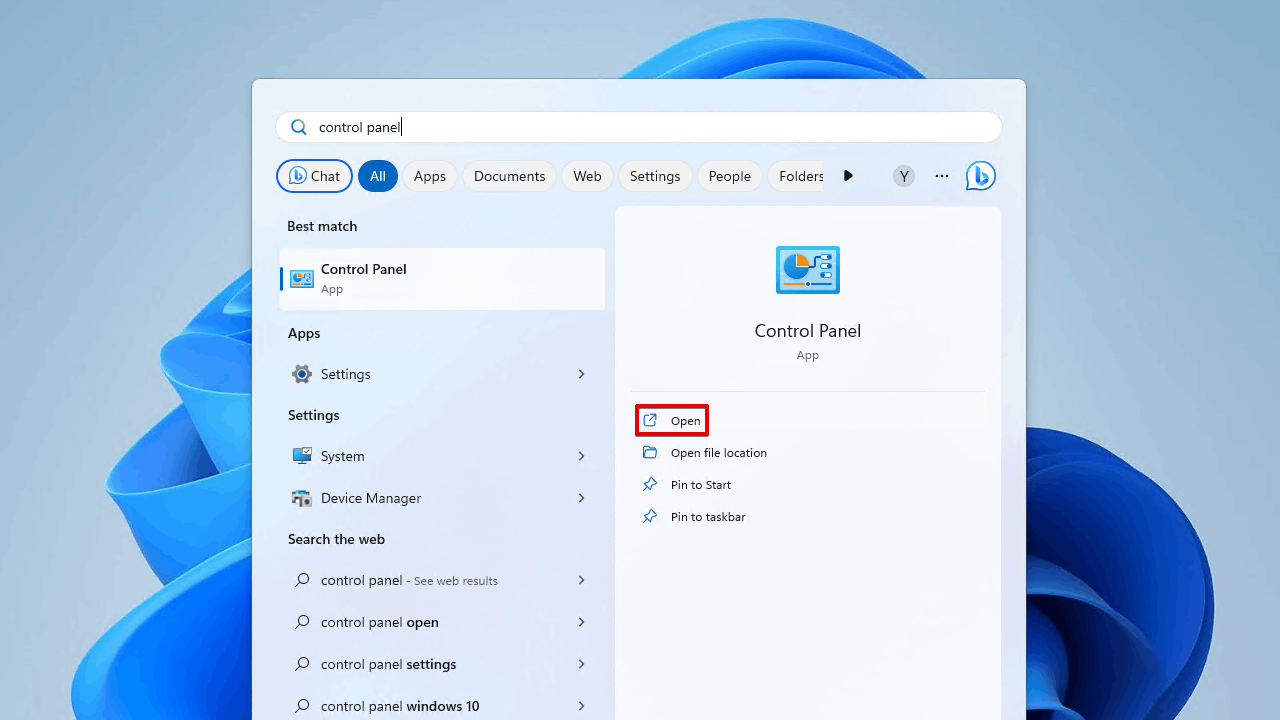
- Click Hardware and Sound.

- Click Sound.
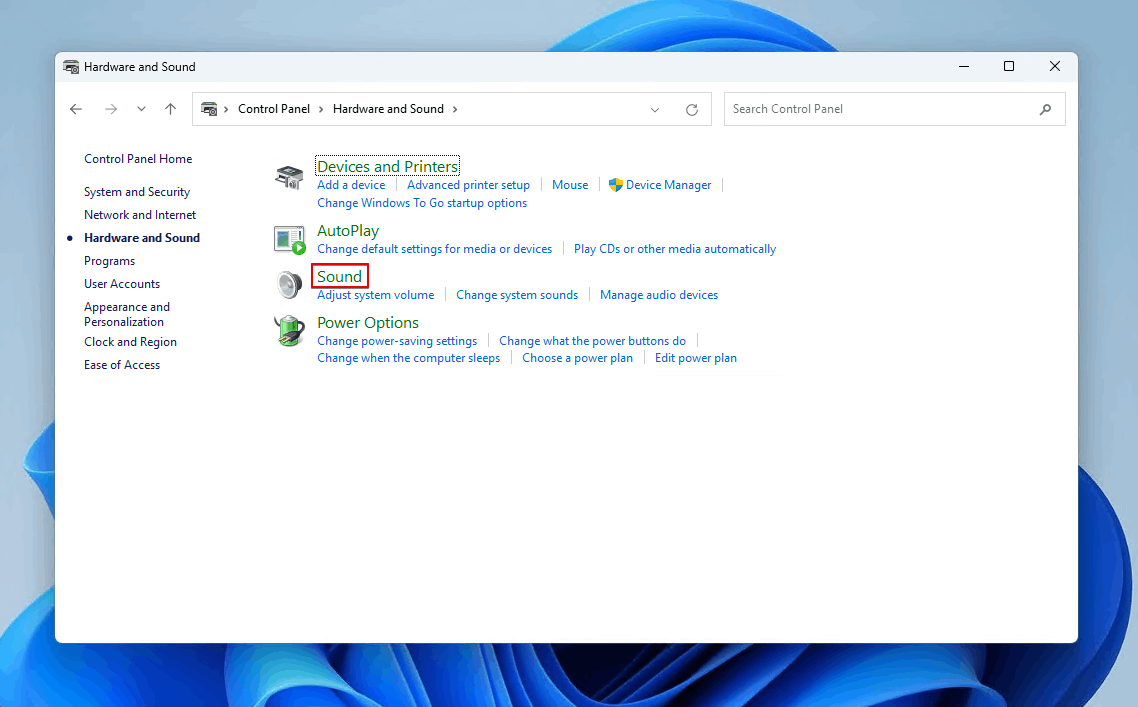
- Go to the Sounds tab, then set the Sound Scheme dropdown to Windows Default. Click Apply, then OK.
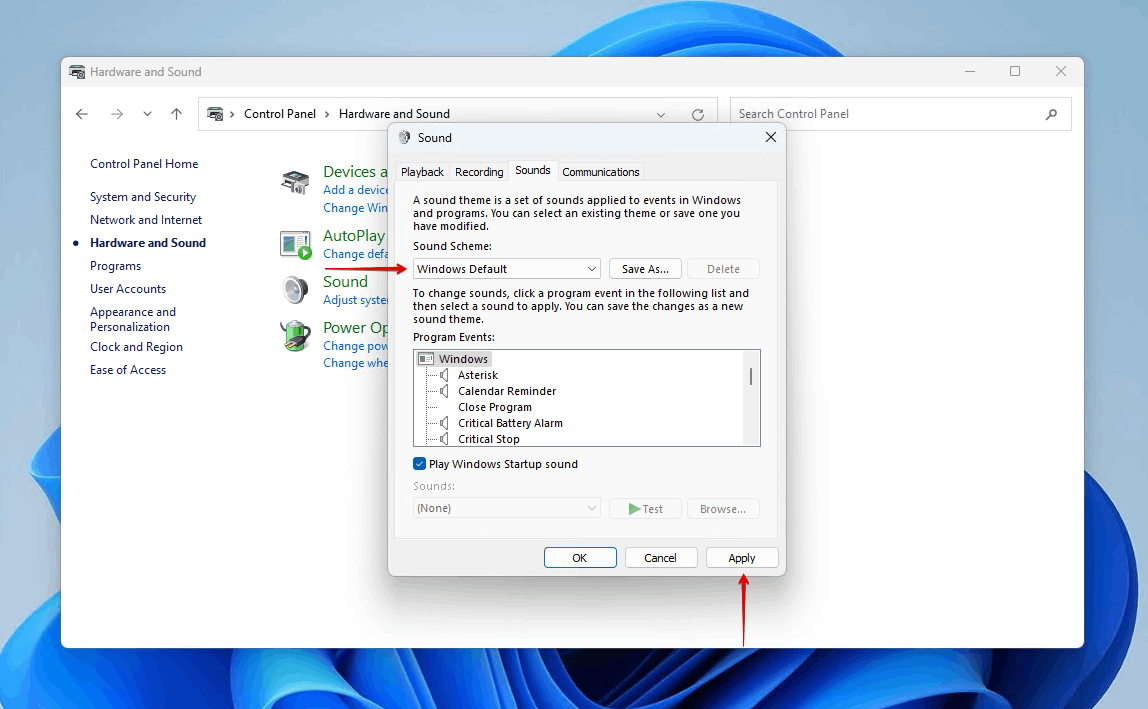
Method 6: Restore the Default Theme
There have been some reports relating some file system errors to unsaved Windows themes. You may be able to resolve the error you’re facing by restoring the default Windows 10 or 11 theme.
- Right-click Start and click Settings.

- Click Personalization.
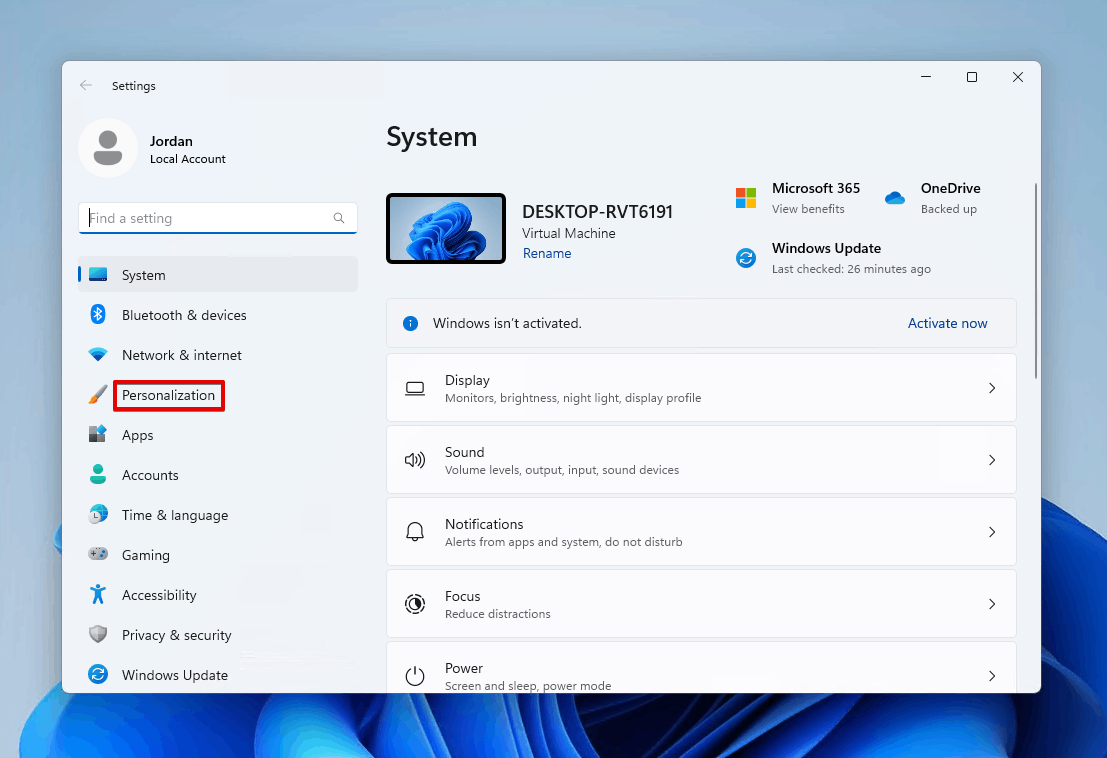
- Select the default theme for your operating system.
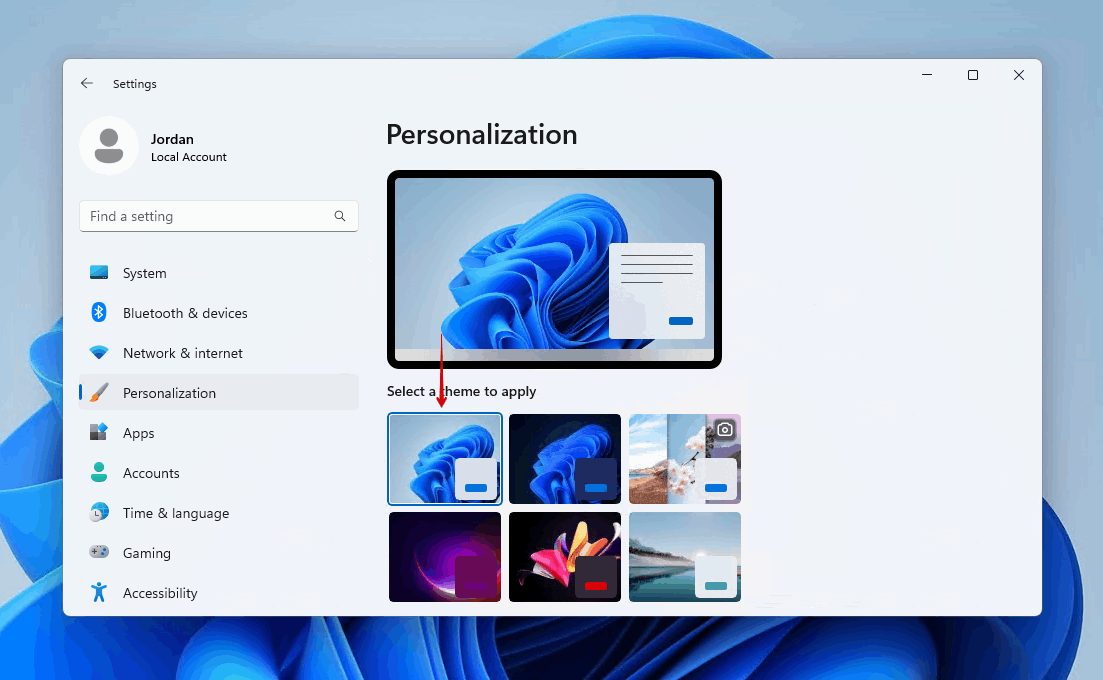
- Restart your computer.
Method 7: Reinstall Problematic App
The app that caused the message to begin appearing may not have been installed correctly, or some files associated with it may have become corrupted or damaged. One simple way of fixing these types of file system errors is to simply reinstall the application.
If you uninstalled the program already and need to recover some files that were deleted in the process, see our guide on how to recover uninstalled programs.
We’ll show you how to uninstall the app so you can install it again:
- Right-click Start and click Installed apps.
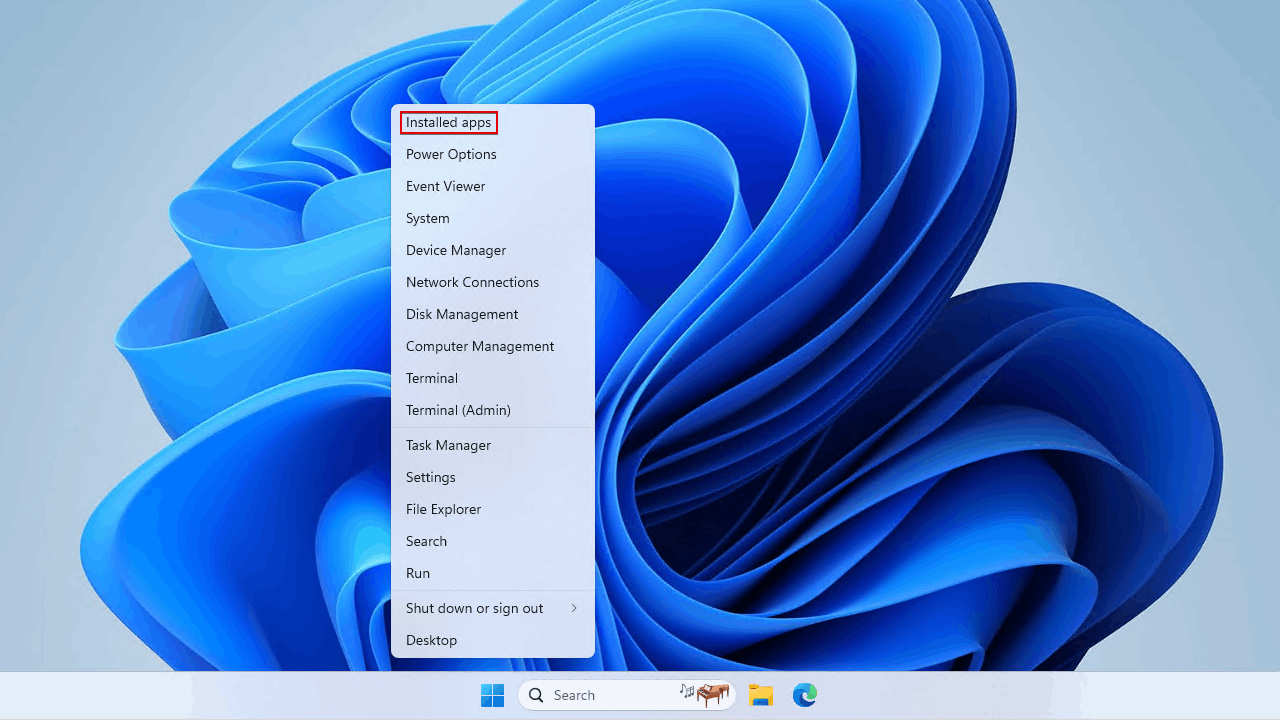
- Click the ellipses button next to the application you want to uninstall, then click Uninstall.
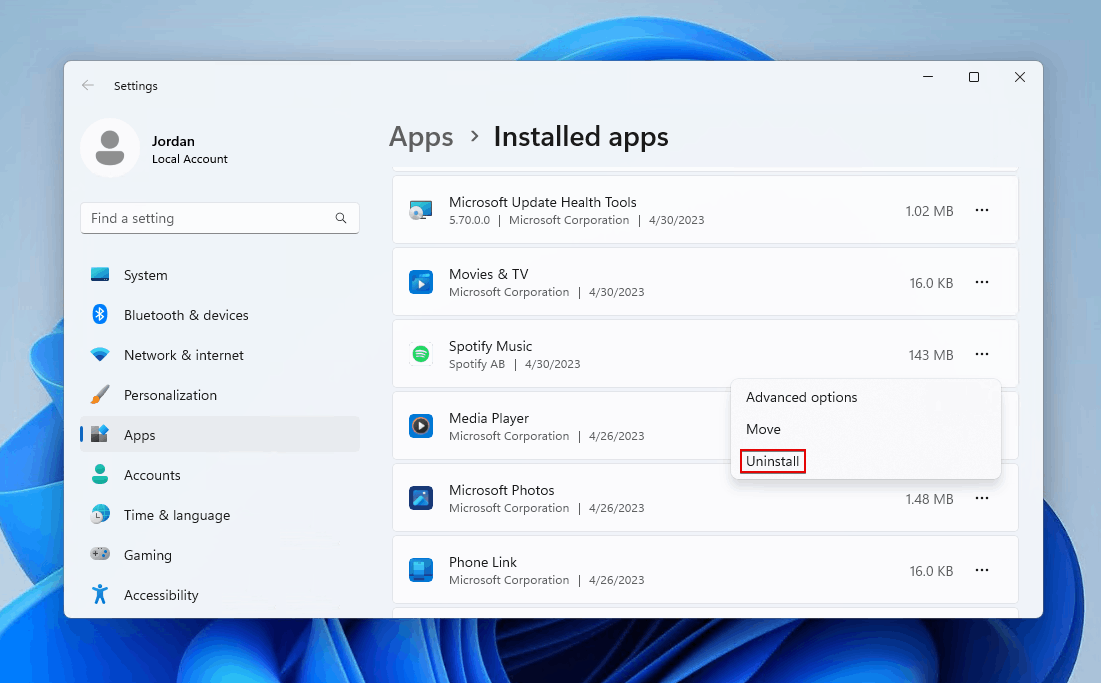
- Reinstall the application.
Essential apps cannot be installed. For such apps, you should click Advanced options on step two and proceed to repair or reset the app.
Method 8: Create a New Admin Account
The account you’re using may not have administrator privileges, which prevents you from making certain changes. You may be receiving the file system error because your account is trying to access a file or make changes to the system that it doesn’t have the correct permissions for.
Let’s create a new admin account. In doing so, you won’t be met with file system errors that would normally be associated with opening settings that only admins have access to:
- Right-click Start and click Settings.

- Click Accounts.
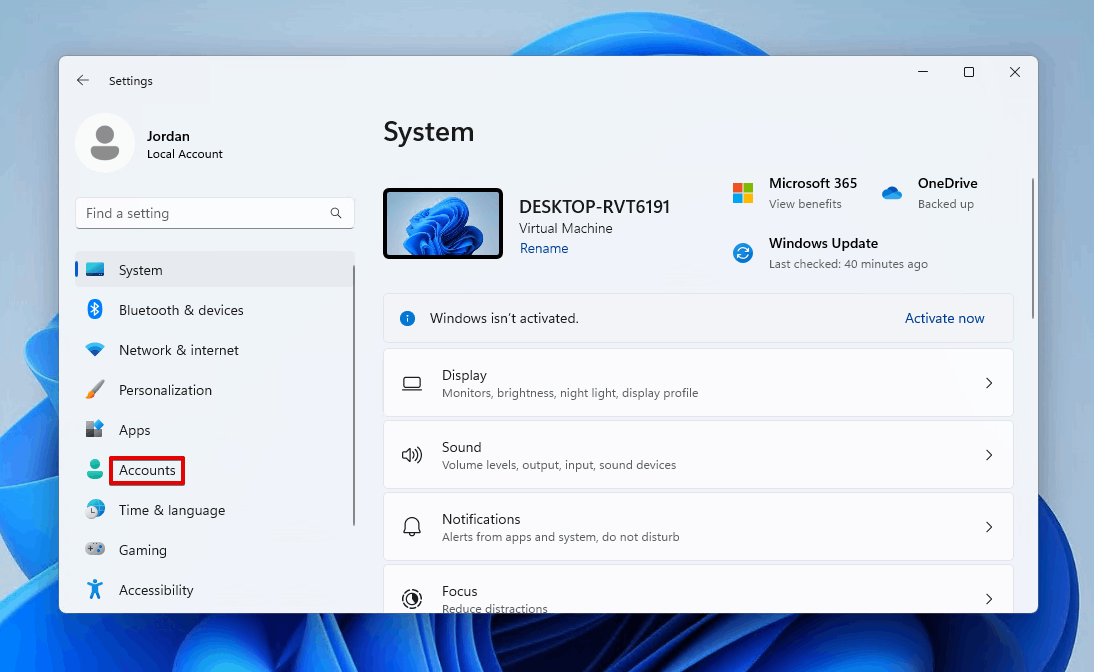
- Click Other Users.
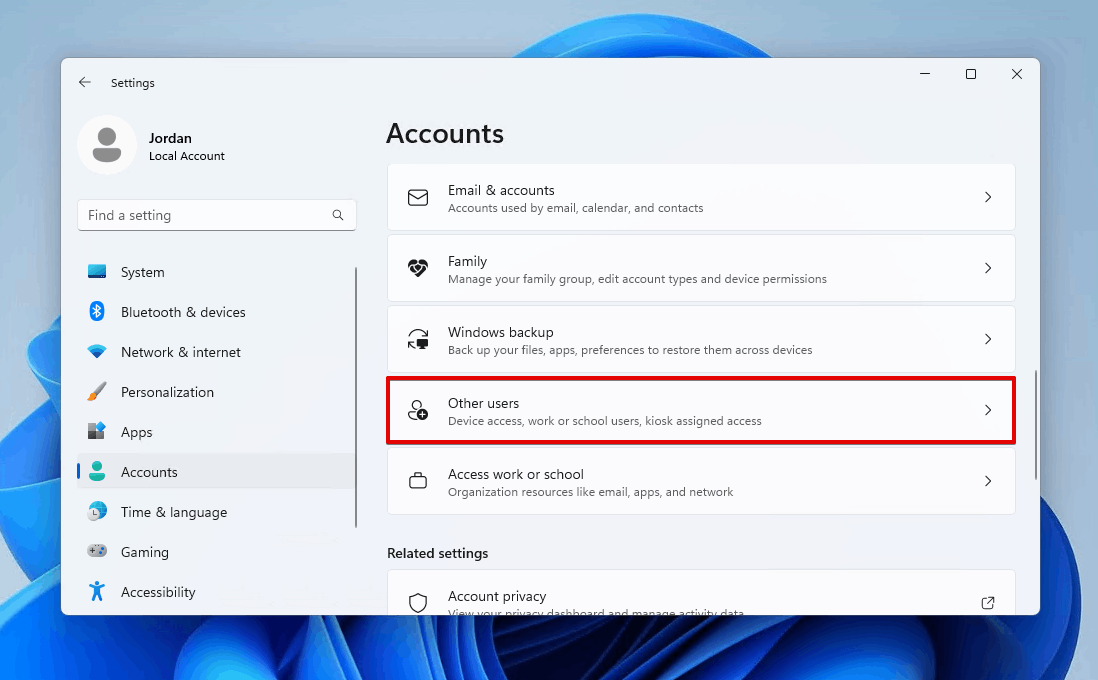
- Click Add account.
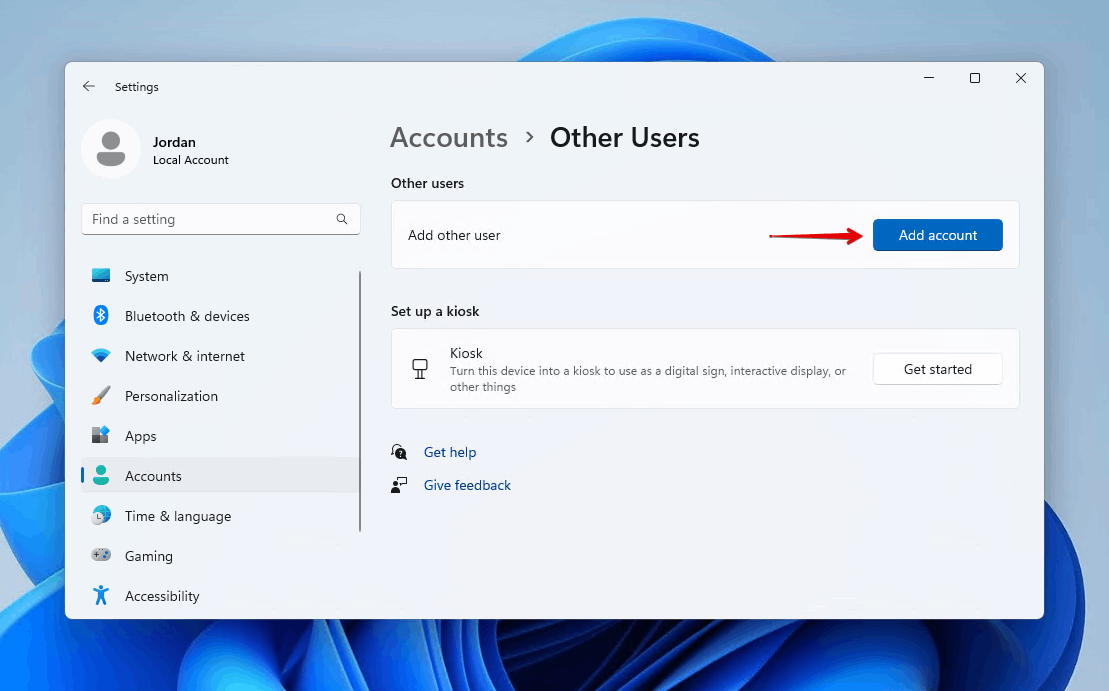
- Click I don’t have this person’s sign-in information.

- Click Add a user without a Microsoft account.
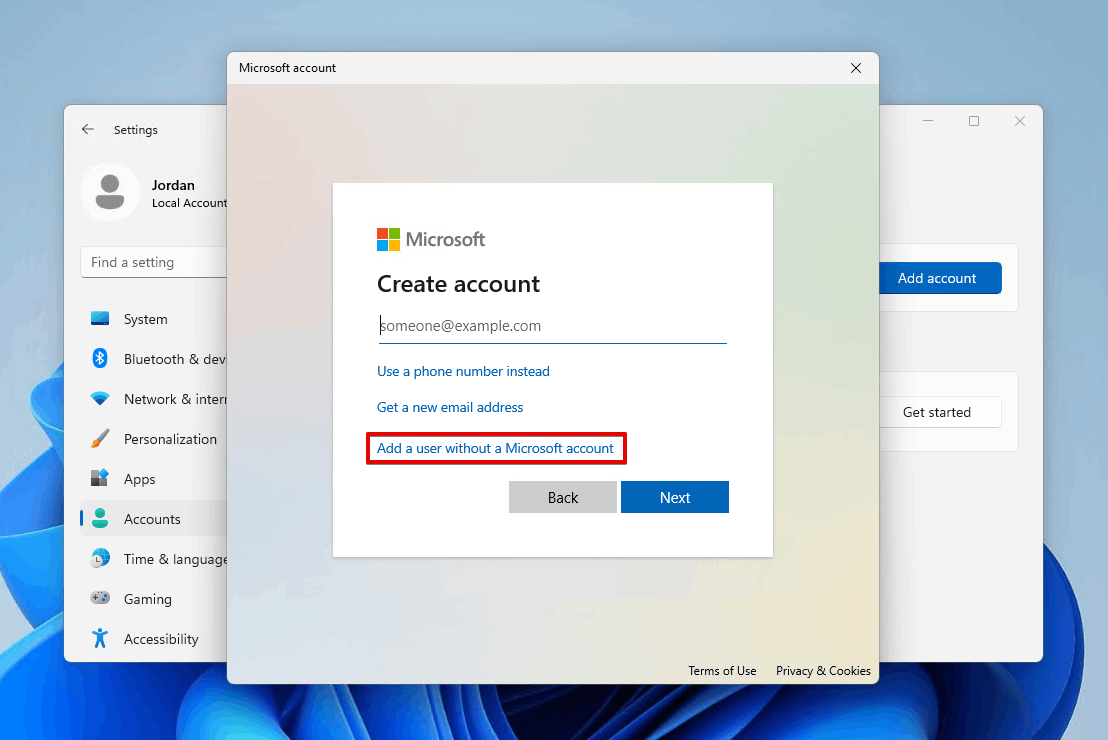
- Give the user a name and password (optional, but recommended). Click Next.
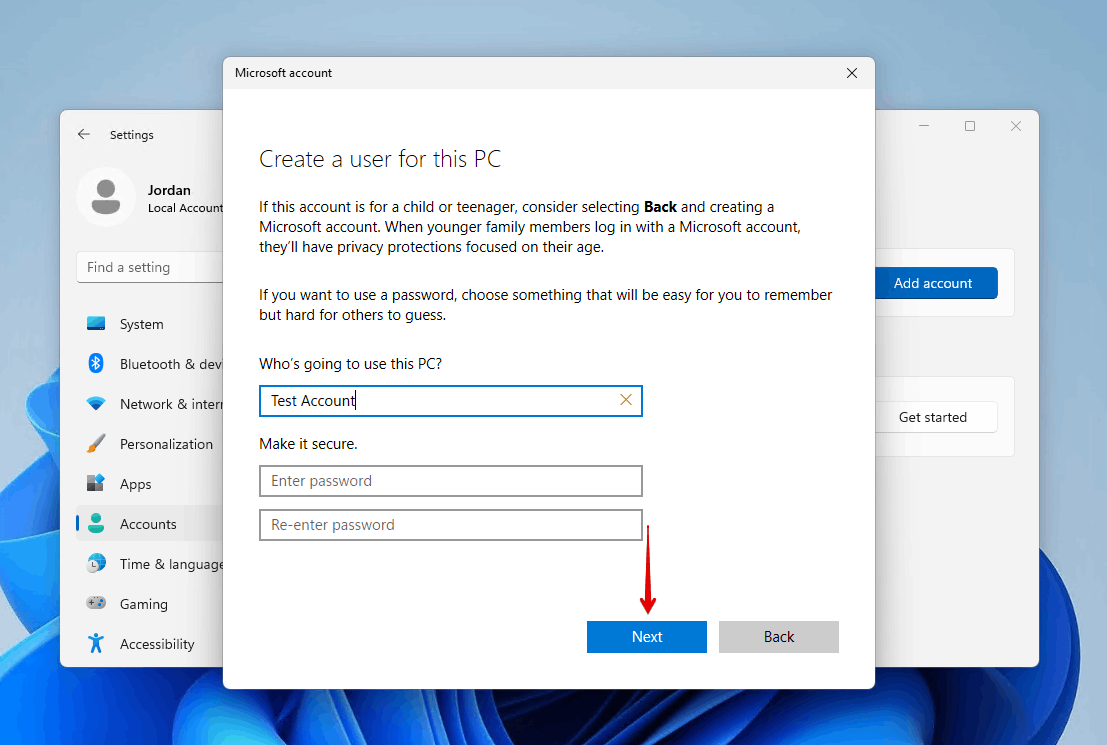
- Click the dropdown of the new user and click Change account type.

- Change the account type from Standard User to Administrator. Click OK.
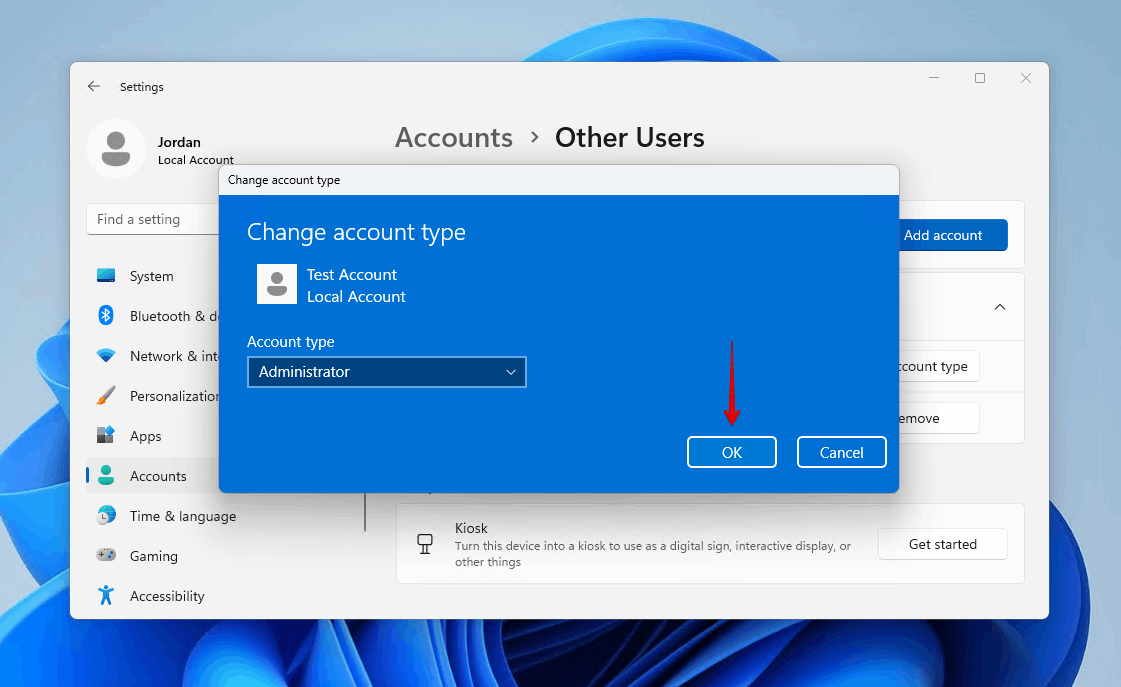
Method 9: Restore Windows to an Earlier Date
System Restore is a Windows tool that takes a snapshot of your system and allows you to restore the system to that point in time if you choose to do so. Restoring from a restore point won’t affect your personal files, but it will remove any apps, drivers, or updates that you installed between the restore point and now.
By default, Windows creates one restore point every day once certain actions are performed. Such actions include installing software or applications, installing or updating drivers, and manually creating a restore point. It’s possible to fix the file system error by restoring to a point in time when your computer was running normally. Here’s how:
- Open Start and search ‘Control Panel’. Open it.

- Click Recovery (you may need to change the view to small or large icons in the top right).

- Click Open System Restore.
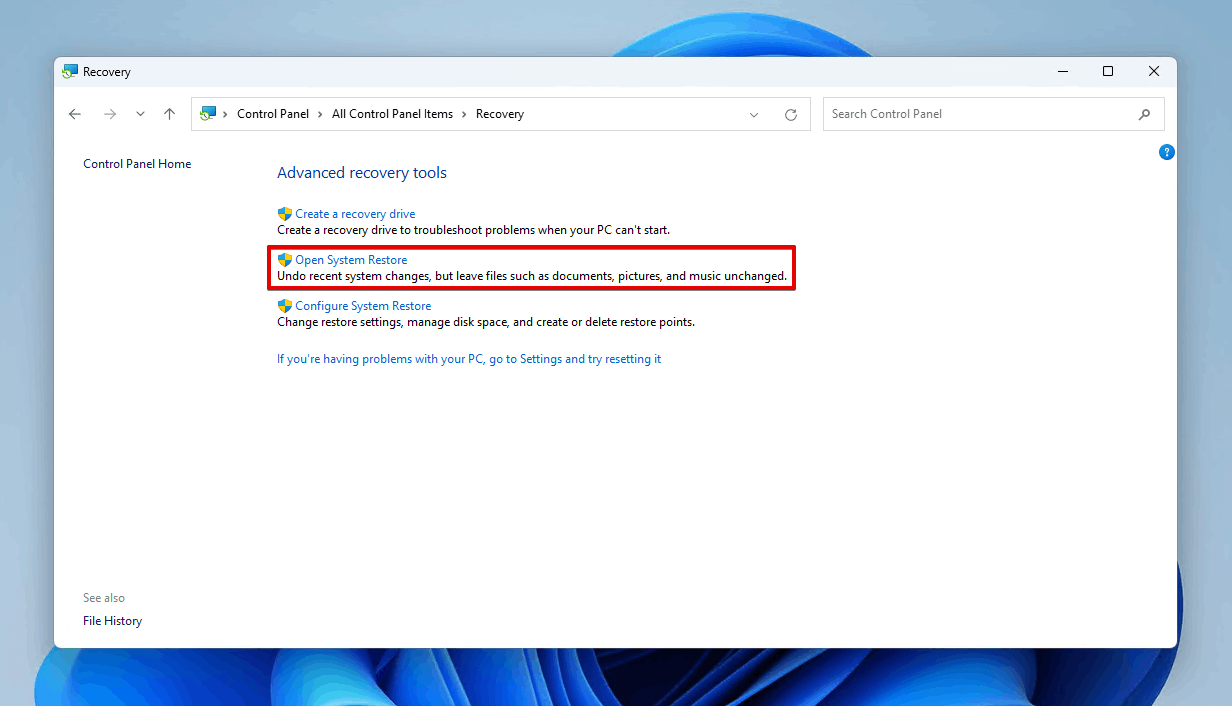
- Click Next.

- Select the restore point and click Next.
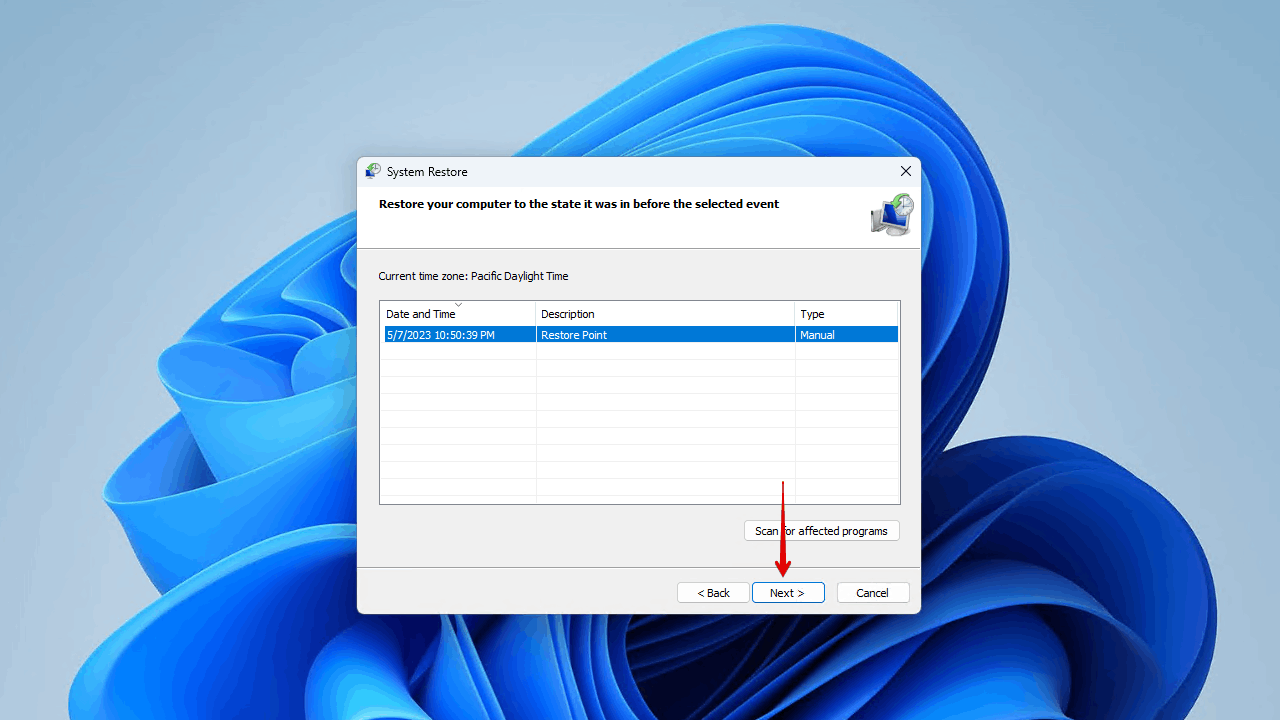
- Click Finish.

Method 10: Reset Windows
If none of the solutions presented so far have worked, you can always reset Windows to get rid of file system errors that are extra persistent. You can do this by performing a clean install using a bootable USB, but we’re going to show you how you can do it within Windows if you don’t want to go through the extra hassle.
Even though Windows gives you an opportunity to keep your data, we recommend making a manual backup of your files externally just in case something goes wrong with the reset process.
Here’s how you reset Windows 10 and 11:
- Open Start and search ‘Reset this PC’. Open it.
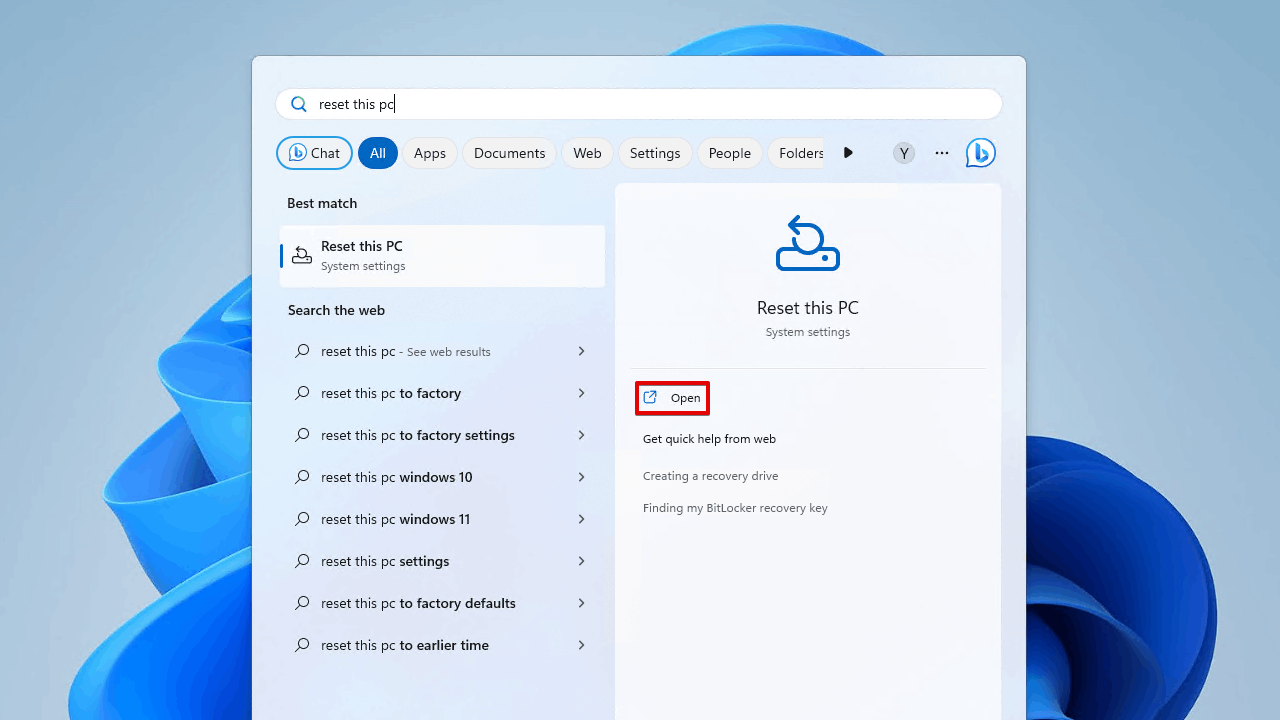
- Click Reset PC.
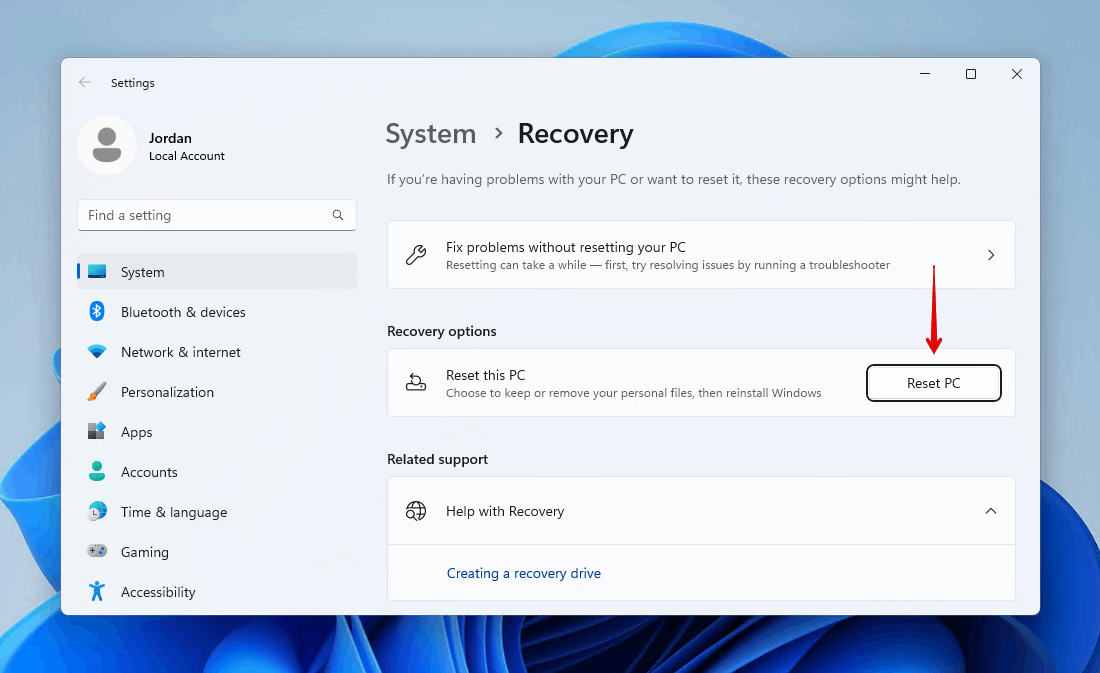
- Click Keep my files or Remove everything, depending on what data you want to keep.
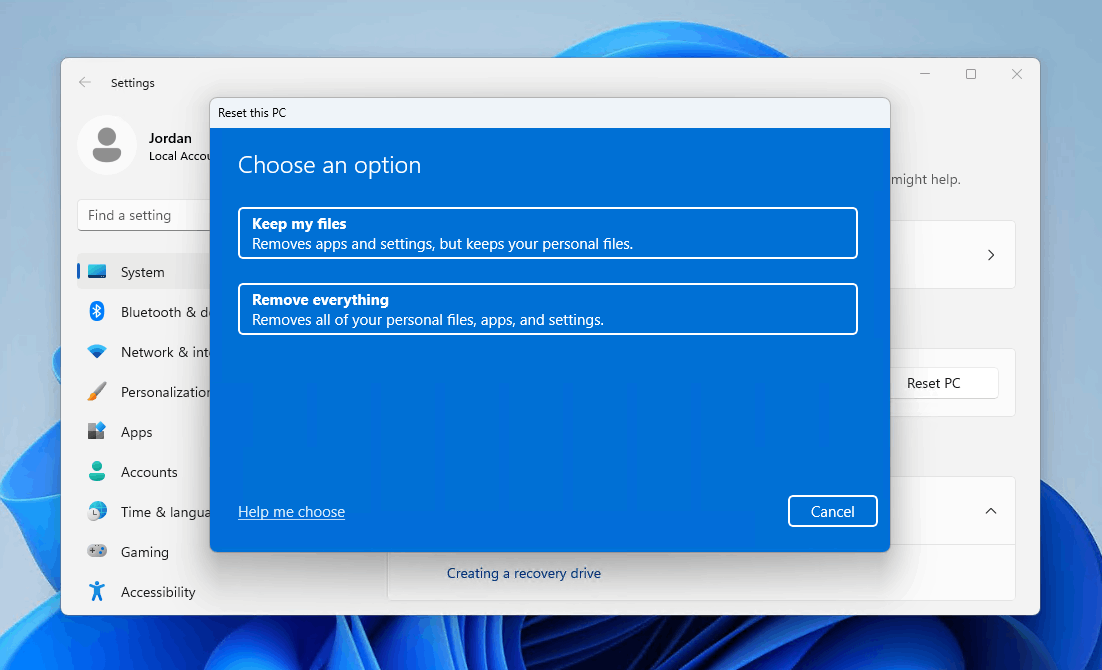
- Follow the on-screen instructions to reset your Windows computer.
How to Recover Files Deleted After File System Error
If you lost some data due to a file system error, or some of your data was deleted during one of the fixes we mentioned, you should recover it using data recovery software as soon as possible. We suggest Disk Drill, a data recovery tool that uses a smart scan to recover as much data as possible by utilizing multiple methods of scanning.
The below instructions will guide you through how to recover deleted files in Windows 11, but the steps will be the same for Windows 10:
- Download and install Disk Drill.
- Select the disk that contains the data that was deleted due to the file system error. Click Search for lost data.
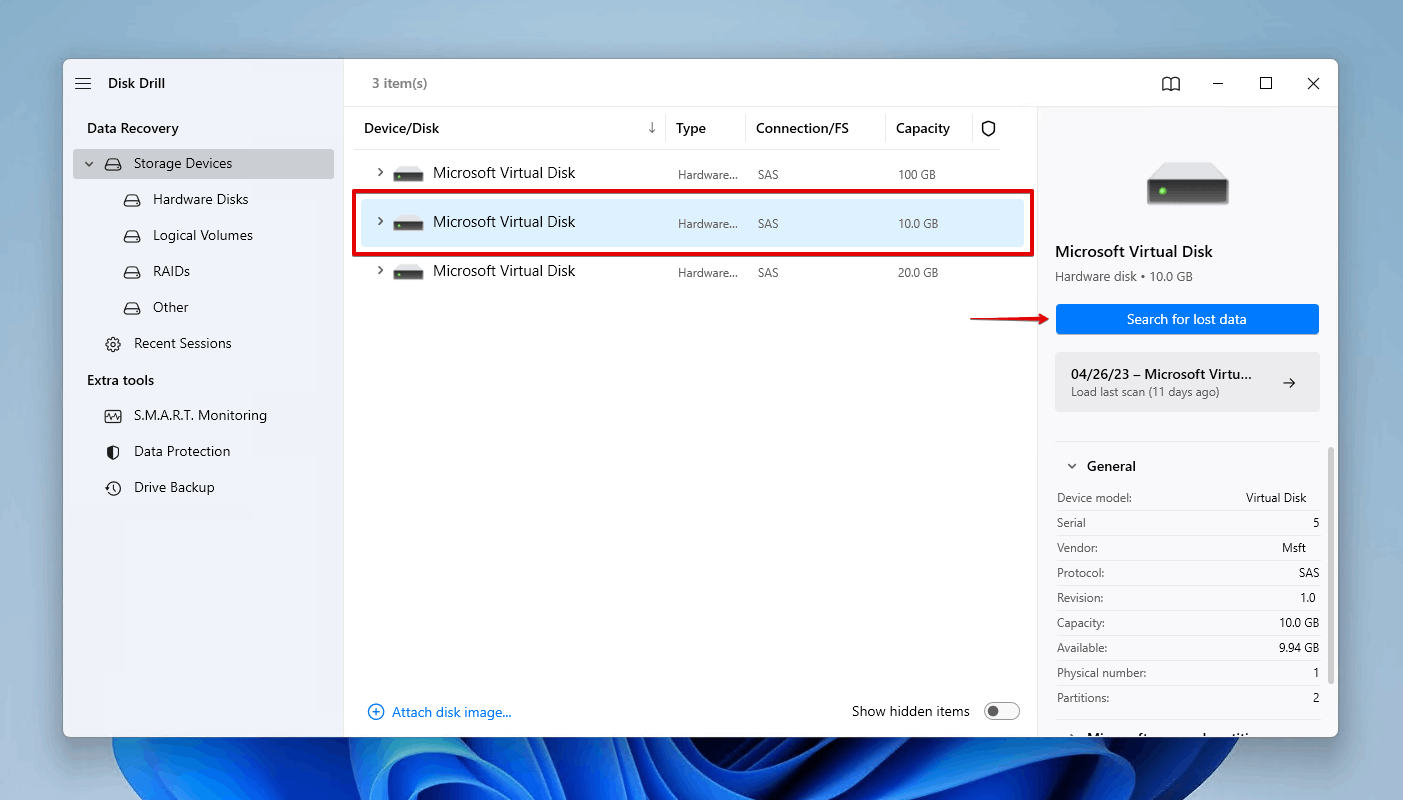
- Click Review found items to see what Disk Drill found. Alternatively, you can click the colored file type icons to view recoverable data of that specific type or recover everything by clicking Recover all.

- Select the deleted data. Use the recover chances column and preview panel to see what data has the best chances of being recovered successfully. When all necessary data is selected, click Recover.

- Choose a suitable recovery location. Avoid recovering the data to the same disk you’re recovering from, as it may recover the data and render it unusable. Click Next.
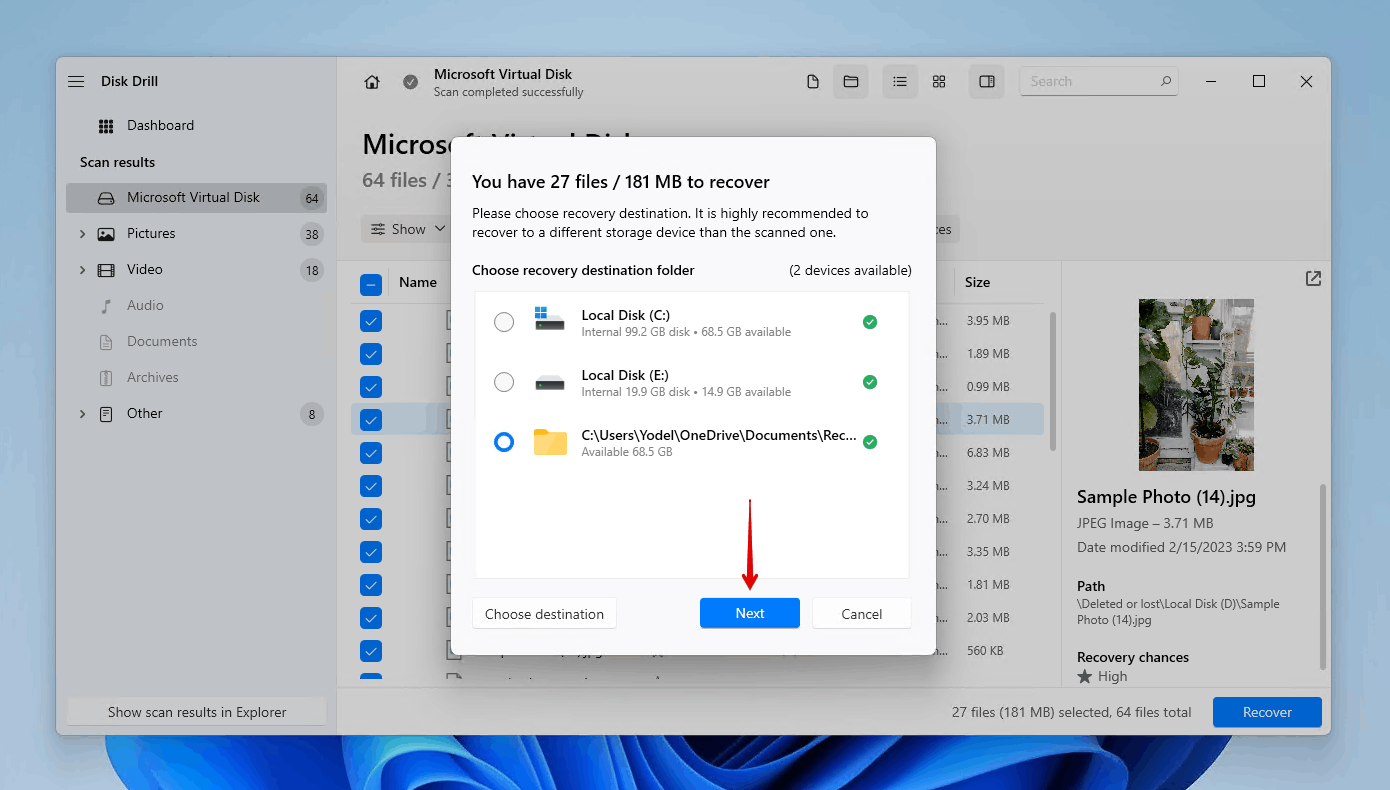
Conclusion
File system errors can spring up for lots of reasons. Generally, it’s an error related to how your data is stored and accessed by the file system. If the file system struggled to access particular data, a file system error (along with an error code) will appear.
While there are some specific solutions for specific file system errors, there are also a lot of general solutions you can try to address your file system error. Running the SFC, DISM, and CHKDSK commands is a good start at addressing file system issues and critical system files that have become compromised. You can also use the Windows Store App Troubleshooter to address issues relating to your Microsoft Store.
If at any point your data becomes lost due to the file system error, you can recover it using a data recovery tool like Disk Drill. Bear in mind that you should perform data recovery as soon as possible and avoid using the disk until data recovery is complete.
FAQ
- Right-click Start and click Installed apps.
- Click the ellipses button on Microsoft Photos, then click Advanced options.
- Click Repair. If repairing didn’t work, proceed to the next step.
- Click Reset, but bear in mind that this will reset the app’s data too.
- Right-click Start. Open Terminal (Admin).
- Type chkdsk *: /r. Replace * with your drive letter.
- Press Enter.




